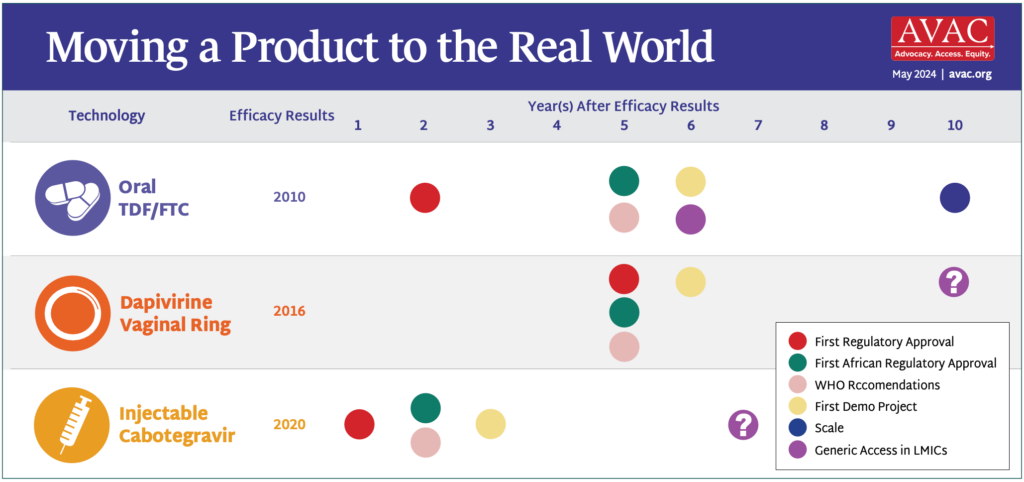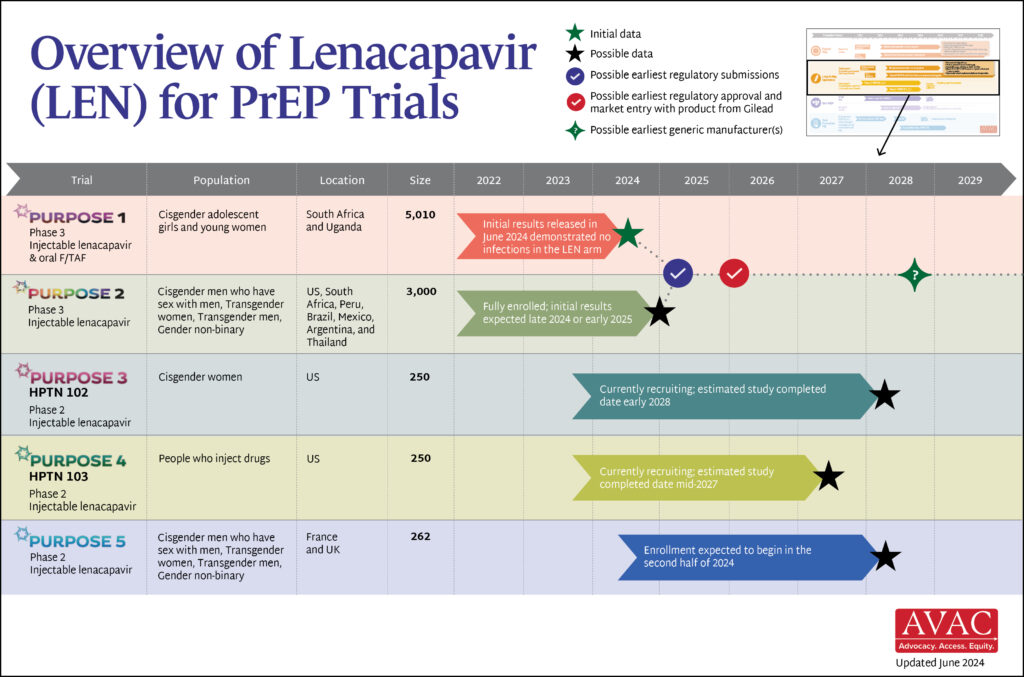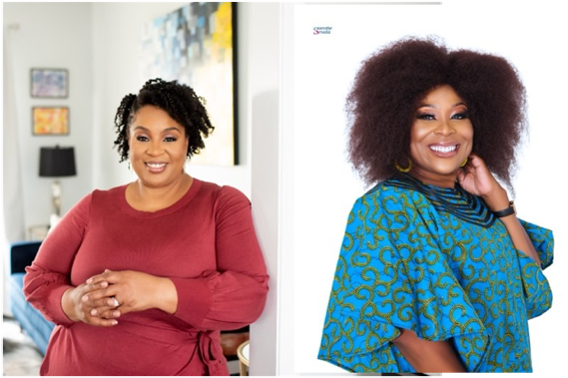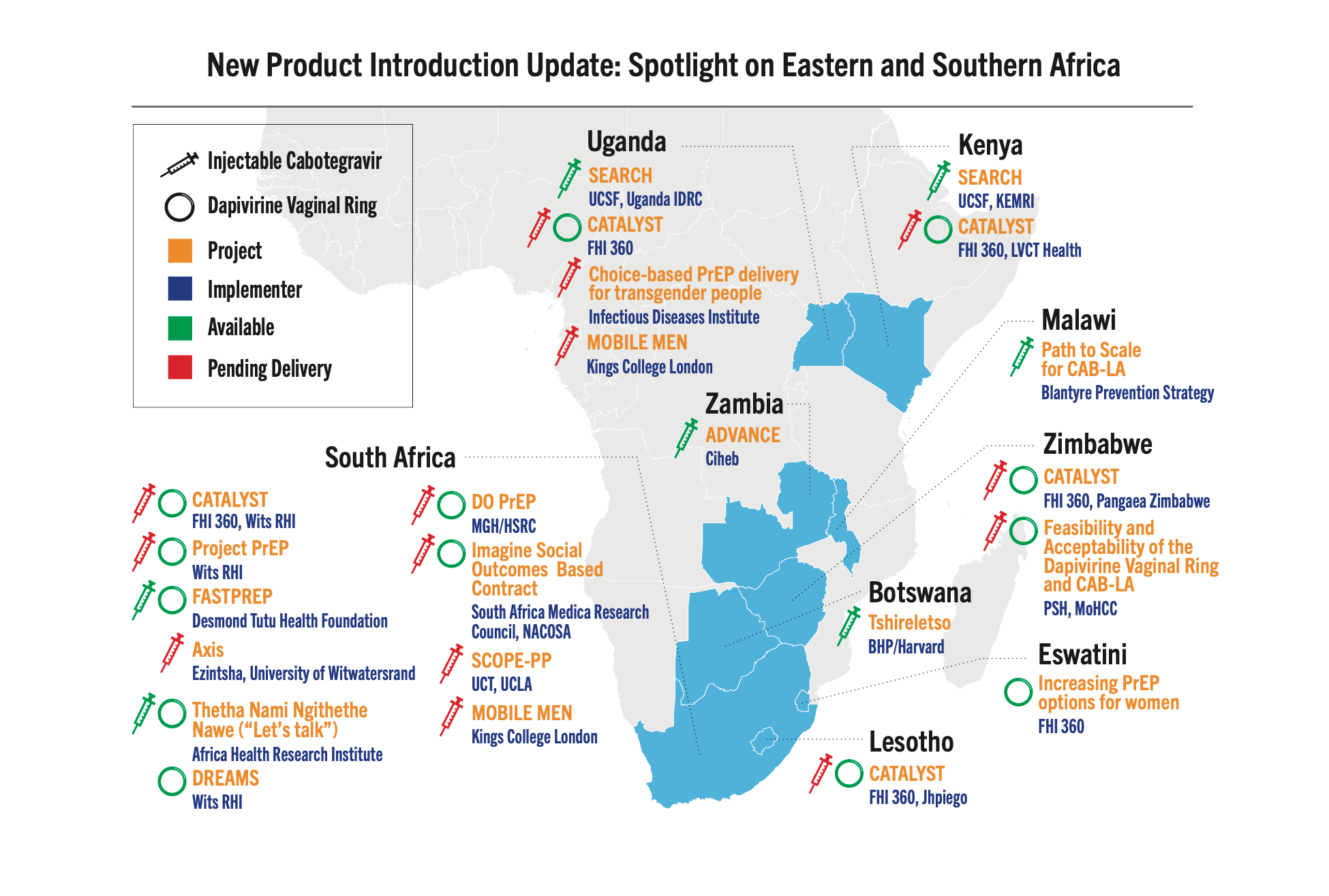In the second quarter of this year, there have been exciting new reports and updates on guidelines that could help better inform our efforts and ultimately reduce STIs. In May, the World Health Organization (WHO) released a new report highlighting increasing STI incidence rates globally. This report notes that syphilis, gonorrhea, chlamydia, and trichomoniasis account for more than one million infections daily. It also showed an increase in multi-drug resistant gonorrhea, highlighting the need for diagnostics to properly detect and treat infections. Two weeks later, the U.S. Centers for Disease Control and Prevention (CDC) released much-needed clinical guidelines on the use of doxycycline postexposure prophylaxis (DoxyPEP) for STI prevention—and AVAC launched the Advocates’ Guide to DoxyPEP, a helpful tool in understanding the science to date and considerations for future research and implementation. While STI prevention and treatment options remain limited, these updates represent progress in understanding who is impacted by STIs and developing interventions to meet their needs.
STI Advocacy Updates
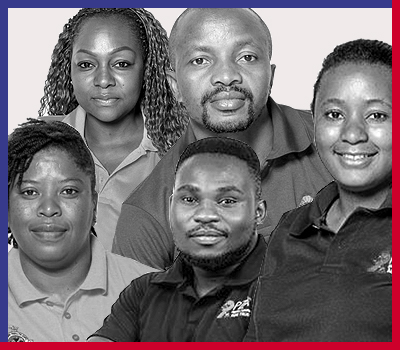
In October, AVAC awarded funding to seven advocacy partners in Southern and East Africa to identify and share needs for STI prevention in their communities. Partners presented this work to a global audience, which is helping to build an advocacy agenda to accelerate development of new STI vaccines, diagnostics, and other prevention tools and strategies. In June, AVAC provided additional funding to support the ongoing STI work of these partners. Lookout for additional details about their progress in the coming months.
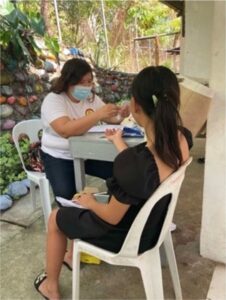
With syphilis and congenital syphilis rising in many countries, AVAC is following the work of Healthy Futures Global, a non-profit focused on the prevention of vertical transmission of syphilis. They are partnering with the Philippine Department of Health to understand how best to implement testing for HIV and syphilis in pregnancy with the ultimate goal of testing all pregnant Filipinas for HIV and syphilis. Subscribe to their newsletter here.
Upcoming Events
- STI International Exchange (STIIX) Virtual Conference Series
July 12, 2024
In this virtual conference series STIIX will explore inequalities in sexual health and HIV across the United States and how to improve access to services for vulnerable communities. Registration is free and open to all. - AIDS 2024 Preconference: Mobilize for Action on Sexually Transmitted Infections!
July 21, 2024
The WHO, International AIDS Society (IAS), and International Union Against STIs (IUSTI) will host a pre-conference session during AIDS 2024 to explore pressing issues in STI prevention, testing, and treatment options. AVAC Senior Program Manager for STIs, Dr. Alison Footman, and AVAC Executive Director, Mitchell Warren, will speak at the pre-conference. In person and virtual participation are available if you are registered for AIDS 2024. - National Sexual Health Conference
July 30-31, 2024
This virtual conference creates opportunities to share information, efforts, research, and best practices related to sexual health across the lifespan. - IUSTI + STI Prevention
September 16-20, 2024 Registration is now open for two important STI conferences in September – which unfortunately are running concurrently in different parts of the world!
The 2024 STI Prevention Conference will bring 1,200 conference attendees to Atlanta, Georgia, from September 16-19, 2024. Abstracts are being accepted until March 29.
The 25th IUSTI World Congress will take place September 17-20, 2024, in Sydney, Australia, and provide an opportunity to meet, discuss and learn about the latest research and innovation in sexual and reproductive health. - National Coalition for Sexual Health (NCSH) Annual Meeting
September 26, 2024
The virtual NCSH Annual Meeting will include two panels: 1. Overcoming Obstacles: Sexual Health Censorship and Misinformation on Social Media and 2. Increasing the Appeal of STI Prevention Tools: Both Old and the New, and a Q&A session with a leader from the Division of STD Prevention, CDC.
New Resources

Doxycycline, an oral antibiotic, can be used as a post-exposure prophylaxis, commonly referred to as DoxyPEP, when used to prevent the acquisition of some bacterial STIs after sex. Doxycycline is inexpensive, easily tolerated, and widely available. However, questions remain regarding who will benefit most from DoxyPEP and how to implement this strategy broadly to ensure equitable access and minimize antimicrobial resistance. This guide seeks to explore and address these critical questions.
Webinar & Event Recordings
- Syphilis in the U.S.: The current state of the epidemic and how it’s being addressed. This webinar focused on Syphilis and the National Syphilis and Congenital Syphilis Syndemic Federal Task Force.
- DoxyPEP: Prevention, effectiveness, and AMR. This webinar focused on the latest scientific insights on DoxyPEP, its effectiveness in preventing STIs, and considerations around AMR.
- Sexually Transmitted Infections: What You Should Know about STIs and Testing. This webinar focused on basic information on STIs and testing, including when you should get tested and the types of tests available for different infections.
- Advancing Global Health Equity: Investing in Integrated HIV, HPV, and Cervical Cancer Initiatives. amfAR, Funders Concerned About AIDS (FCAA), and Funders For Reproductive Equity (FRE) brought donors together to explore the pivotal role philanthropy can play in advancing integrated solutions for HIV, HPV, and cervical cancer.
- STI Engage
Plenary sessions from STI Engage are available. The meeting hosted five plenaries, more than 40 sessions, and nearly 200 presenters this year!
What We’re Reading
- Dual Epidemics: Leveraging HIV Infrastructure to Support HPV prevention, Testing, and Cervical Cancer Elimination Goals. This policy brief explores the challenges in treatment, prevention and care of those affected by HIV and human papilloma virus (HPV), and the opportunities for integrated funding and service delivery to galvanize the attention and support needed to improve lives.
- Syphilis Has Surged for Reasons That Go Beyond the Pathogen That Causes It. This perspectives piece highlights the rising rates of syphilis and congenital syphilis cases. Data from 2022 showed that lack of timely testing and adequate treatment contributed to 88% of congenital syphilis cases in the U.S. Additionally, fewer people have a primary care clinician and are seeking care in emergency departments, where syphilis testing capabilities are limited. There is need for a more comprehensive, syndemic-based, and strategic approach that includes addressing social determinants of health to help better detect and treat syphilis cases.
- Gaps in the prevention of mother-to-child transmission of syphilis: a review of reported cases, South Africa, January 2020–June 2022. Within this study, authors found that syphilis testing and treatment among pregnant women in South Africa fell short of WHO’s congenital syphilis elimination goal where more than 95% of pregnant women receive at least one antenatal visit, more than 95% of pregnant women are tested for syphilis, and more than 95% of pregnant women with syphilis receive treatment. Barriers to syphilis treatment included presenting late to antenatal care and delays in receiving syphilis test results. On-site, rapid syphilis testing has shown to decrease treatment delays, especially in settings with limited laboratory facilities.
- Millions of Girls in Africa Will Miss HPV Shots After Merck Production Problem. Merck will deliver only 18.8 million of the 29.6 million doses it was contracted to deliver in 2024 to low- and middle-income countries (LMICs) after a manufacturing disruption. While Merck plans to deliver delayed doses in 2025, this continues to delay implementation of HPV vaccines in LMICs that have waited years to begin vaccinating adolescent girls against HPV, the leading cause of cervical cancer.
To learn more about AVAC’s STI Program, visit STIWatch.org and avac.org/sti. Email [email protected] for questions or additional information. And to sign up for specific updates on STIs, click here.

